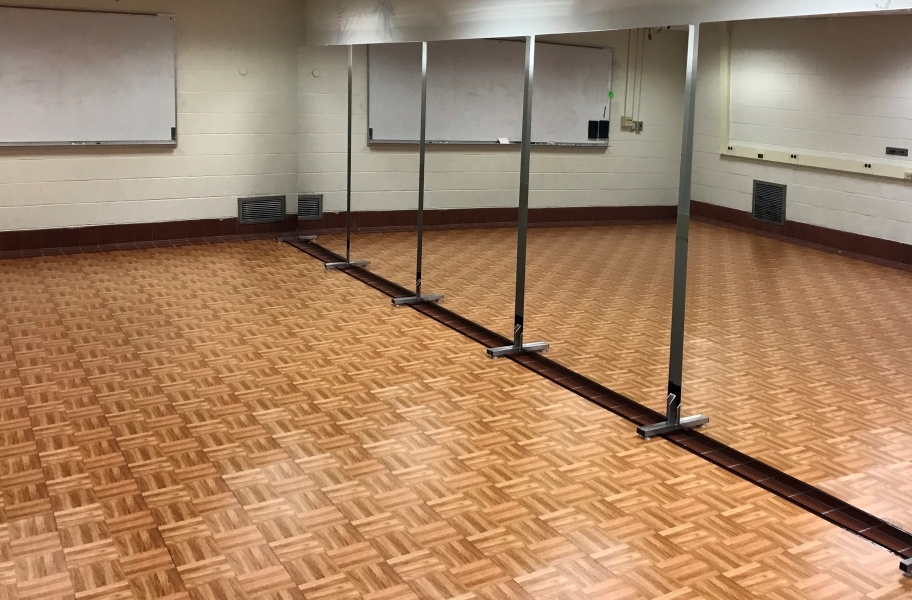Exploring the Diverse Substances That Convert Dance Surfaces into Stunning Aesthetic Displays
Wiki Article
Dance floors have evolved considerably over the years, becoming increasingly than just a space to dance to music. Today, they are transformed into breathtaking visual encounters through the use of multiple substances and techniques. These materials not only enhance the aesthetic appeal of the area but also improve the complete encounter for performers and audiences alike. Understanding the versatile materials that add to these vibrant settings can provide insight into the art of dance floor creation.
One of the primary frequent substances used in modern dance floors is LED illumination. Light-emitting diode lamps are energy-efficient and can produce a broad variety of colors and impacts. They can be integrated in the floor itself or used as part of a lighting system above the dance floor. This innovation allows for coordinated light shows that can alter in response to the melodies, creating an immersive experience. The ability to configure these lights means that they can be tailored to fit different concepts or atmospheres, making each occasion distinct.

Another important substance is reflective materials, such as reflectors or polished tiles. These materials can create an deception of space and depth, making the dance floor seem larger than it is. When performers dance, their reflections can add an additional layer of visual interest, enhancing the complete performance. Additionally, reflective materials can engage with lighting effects, amplifying the hues and designs displayed on the floor. This combination of illumination and reflection can enthrall audiences and elevate the energy of the occasion.
In addition to illumination and mirror-like materials, the use of digital screens has grown progressively common in dance floor design. These screens can show lively visuals, animations, or even real-time feeds of the show. By integrating digital innovation, occasion organizers can create a multi-sensory encounter that involves both the performers and the audience. The ability to alter images in real-time allows for a dynamic environment that can adjust to the rhythm and energy of the melodies, making each instance feel new and thrilling.
Additionally, the selection of surface material itself plays a crucial role in the complete encounter. Traditional wooden dance floors are still favored for their strength and functional qualities. However, more modern materials like vinyl and elastic are becoming favor due to their versatility and simplicity of maintenance. These substances can provide superior shock absorption, reducing the risk of harm for performers. Additionally, they can be crafted with various textures and hues, allowing for artistic expression in the dance floor's appearance.
In summary, the evolution of dance floors into stunning visual encounters relies on a mix of innovative substances and techniques. LED lighting, mirror-like surfaces, digital screens, and customized flooring substances all contribute to creating an engaging setting for performers and spectators. As technology continues to advance, the opportunities for improving dance floor design will only expand, making future go events even more captivating and memorable. Comprehending these materials helps appreciate the craftsmanship involved in creating spaces where movement and melodies come together in harmony.